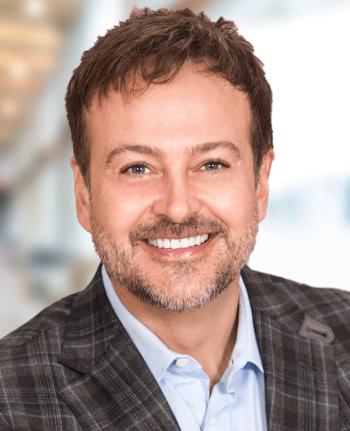
Why physicians should frame every decision with the ’Quadruple Aim’ in mind
Society has rightly focused on the Triple Aim-improving population health, enhancing patient experience and reducing costs-as a framework for optimizing the performance of health systems in the U.S. Unfortunately, the administrative burden created in the pursuit of those aims is creating physician dissatisfaction and frustration. As a result, the achievement of those goals is being imperiled rather than facilitated.
Dr. Gerald MaccioliSociety has rightly focused on the Triple Aim-
Physicians are central to patients’ healthcare experiences, including care quality and cost and patient satisfaction. There is ample evidence of a correlation between high levels of physician satisfaction and high-functioning practices, and between physician burnout and lower patient satisfaction, worse outcomes and potentially higher costs. That’s why solving the physician burnout problem is essential to achieving the goals of the Triple Aim framework. It’s also why, as the chief quality officer for one of the country’s largest multispecialty physician services companies, I’m a vocal proponent of the Quadruple Aim, i.e., expanding the Triple Aim to include a focus on improving physicians’ work life and satisfaction.
A 2015 survey published in the Mayo Clinic Proceedings found that 54% of physicians reported at least one burnout symptom: loss of enthusiasm for work, feelings of cynicism and/or low sense of personal accomplishment. A 2014 Physicians Foundation’s report found that 81% of doctors surveyed described themselves as either overextended or at full capacity; 44% planned to cut back on patients seen, retire, work part-time, close their practice to new patients or seek non-clinical jobs; and 29% said they would not choose medicine if they could do over their choice of careers.
This alarming-and rapidly growing-physician burnout rate is fueled by the overwhelming cumulative burden of data collection to comply with externally imposed requirements. There are more than 500 state quality measures in total, and only 20% crossover among states and medical specialties. Individual insurers and even health organizations often require their own metrics as well. This lack of standardization creates an almost unbearable administrative burden for doctors.
In February, the Centers for Medicare and Medicaid Services and the America’s Health Insurance Plans trade group finally reached consensus on how to measure physician quality in seven medical areas. This is an important first step in trying to standardize quality metrics, but even these initial ratings are far from comprehensive and won’t go into effect for years. The smaller the provider, the greater the burden of compliance with government and carrier regulations and rules. The number of private practices is steadily declining, and doctors increasingly are joining health systems, hospitals or large physician services companies as a refuge from these daunting administrative and legal requirements.
Organizations that ignore the Quadruple Aim will be at a competitive disadvantage, not only in achieving their goals within the Triple Aim framework, but also in attracting and retaining the qualified doctors they need to help them achieve those goals.
Winston Churchill said “Healthy citizens are the greatest asset any country can have.” If he were alive today, I think he would have said “Engaged physicians are the greatest asset any country can have.”
Gerald Maccioli, MD, is a board-certified anesthesiologist, chief quality officer for Sheridan Healthcare in Fort Lauderdale, Florida, and a member of the American Medical Association’s Committee on Practice Sustainability and Professional Satisfaction.
Newsletter
Stay informed and empowered with Medical Economics enewsletter, delivering expert insights, financial strategies, practice management tips and technology trends — tailored for today’s physicians.



















